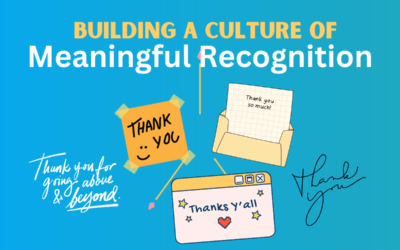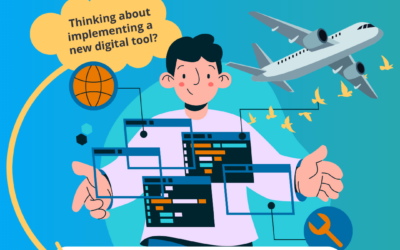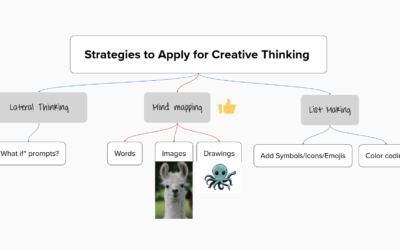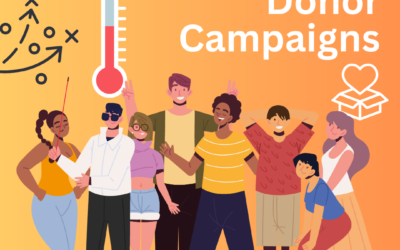There may have once been a day when nonprofits could go to the community and say, “We do good things, and you like good things, so please support us!” Good intentions count for a lot, and in days when resources were good and competition was scarce, it may even have been enough. If these days ever did occur, they seem to be on their way out the door as meaningful evaluation grabs hold of the 21st century and says, “Good intentions are nice. Show us how you are going to make real change happen, or we may just fund someone with good intentions and a plan for success.”
Setting up your evaluation planning could be a book (actually, it is several books, like this one, for example). But in additional to a meaningful theory of change and a good logic model, your nonprofit could really use some solid baseline data. If you happen to have a large research budget and can set up some great primary data collection, you’re in a great shape. Go do that. Most nonprofits don’t have those resources, but luckily they can take advantage of all the Big Data being collected by others.
Big Data sounds intimidating (particularly when capitalized!), but like any tool, it can be used for good as well as for ill. In this context, Big Data really just means multiple data sets that are cross-referenced and sortable, the purpose being to uncover more than any one data set can tell us. One of the things Big Data can do is help tell the story of how you plan to make a difference in your community.
ESRI.com is one leading provider of such integrated data collection. They even share their methodologies so you can evaluate for yourself if you want to put stock in the information you glean from their data. The key to their success is blending several sources to create defensible, comprehensive sets of information. Much of this data is collected to understand commercial markets, but most of that same information is extremely useful in evaluating the outputs and outcomes of your work. After all, if you can find out literacy rates, household incomes, average numbers of children and then cross-reference that with existing community services and show service gaps down to the U.S. Census block, why wouldn’t you?
One barrier would be the price. In general, access to this kind of collated information is expensive for the small nonprofit. Expensive does not mean out of reach, however. Start with a free trial, get your baseline data, and then start building a comparative data collection budget into your evaluation plan. For the next year or two, you may only be measuring your outputs anyway, because evaluating long-term outcomes takes time. That time can also be used to build the case for raising money to measure (and hopefully show) real change.
There are lots of other places to get some good Big Data. If your nonprofit mission outcomes can be measured by good old-fashioned demographics alone, the American Community Survey can likely give you specific data to your targeted geography or demographic sector. Perhaps your benchmarks for evaluation include comparing your performance to peer groups? Guidestar makes their database of IRS 990 data searchable by types of nonprofits (using NTEE codes) as well as by relative financial size and geography.
Wherever you search for your data, start gathering it and incorporating it in your measures. Saying you did ten percent more stuff than last year is interesting. Saying you made a ten percent impact against outside data measures is more useful still.
Originally published at Nonprofit Quarterly.




